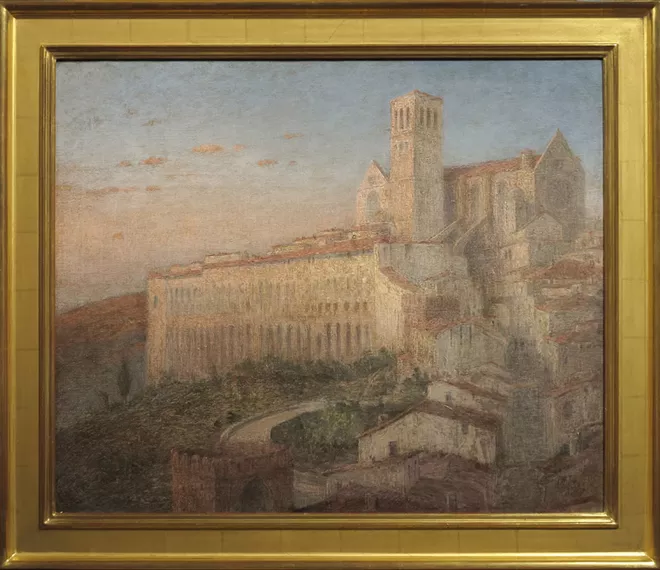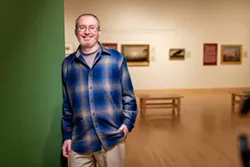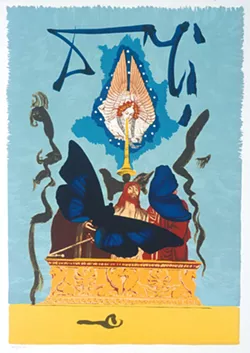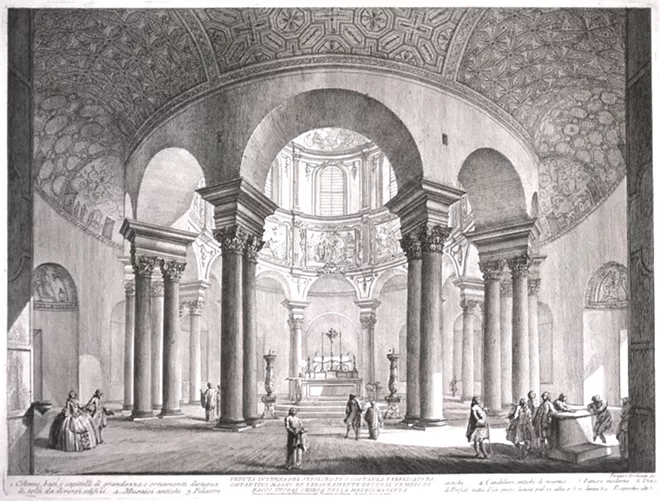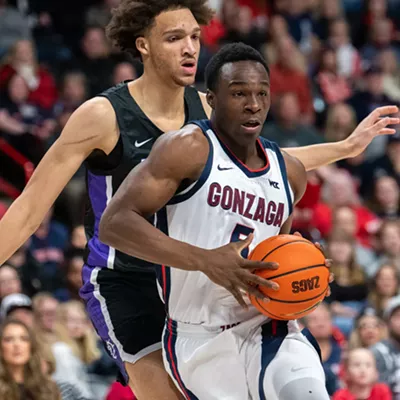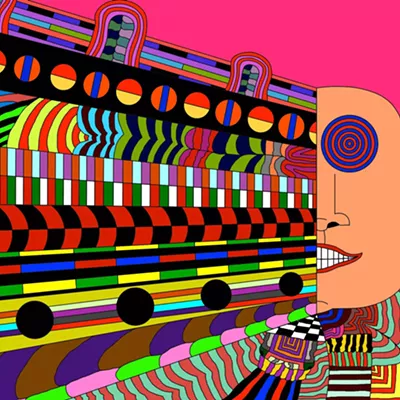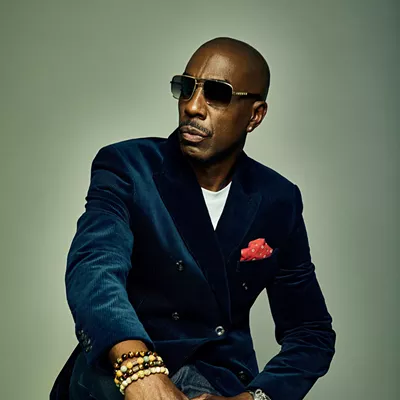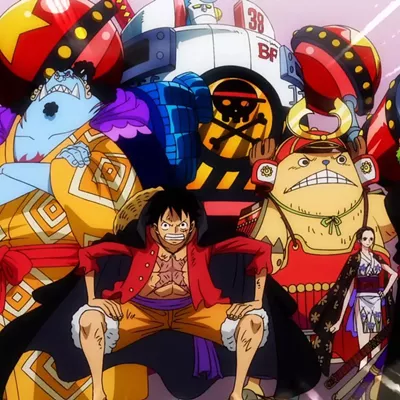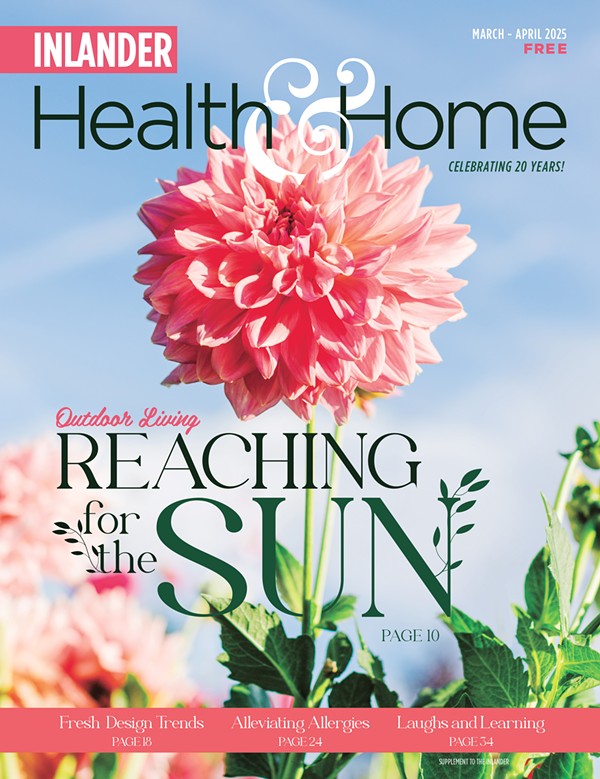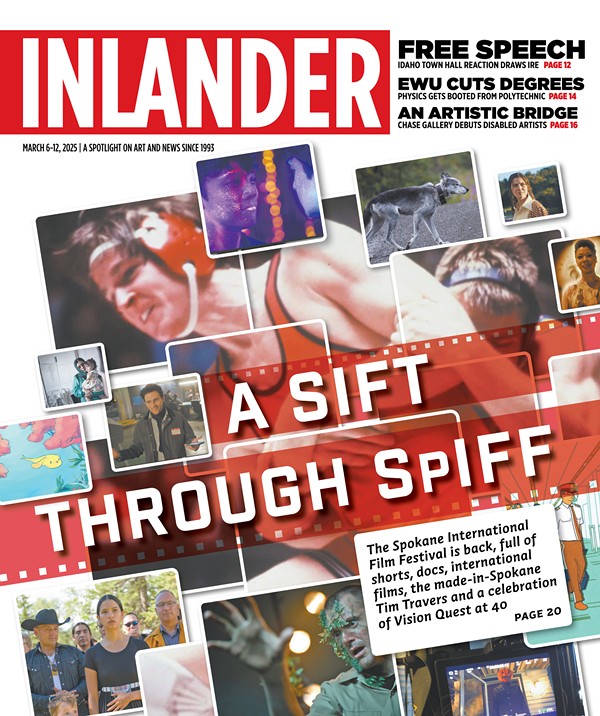It feels like a something that only extremely art-inclined locals know, but Spokane has a free art museum. Stationed on the shore of Lake Arthur on the edge of campus, Gonzaga University's Jundt Art Museum has been offering up visual art showcases for students, faculty, and the wider public since its opening in 1995. While it's best known for the stunning blown glass red chandelier by Dale Chihuly which permanently hangs in the building's Chancellor's Room, it's not a space that can be defined by only one impressive work.
Starting this Saturday, January 15, Jundt will host two new exhibits pulled from the museum's own collection and which tie into Gonzaga University's culture. Revisited: A Grand Tour: Images of Italy from the Permanent Collection showcases an array of works by artists who spent time in Italy as tourists and used those journeys as their muses. From the Collection: The Bible in Art taps into centuries of art based on religious imagery — featuring works from masters ranging from Rembrandt to Dalí. You'll have plenty of time to check out both exhibits, as they'll remain on display through May 7.
To preview the two new exhibitions, we caught up with Jundt Art Museum's director/curator Paul Manoguerra to discuss pandemic curation, favorites in the collection, and connecting art to scholarly study.
What do role do you feel like Jundt serves at Gonzaga and in the larger Spokane arts community?
So our goal with the university and looking inward is to make sure that our exhibitions and programs connect somehow with teaching research and service. That what we're doing fits with the Jesuit humanistic tradition of the university. And so making sure that our exhibitions are useful to faculty, students, and staff to further their learning and their knowledge in relation to the arts and humanities.
The other idea is that our exhibitions would be attractive and of interest to people living in Spokane and the Inland Northwest. Our Jundt Gallery space is a great white box gallery, and we try and vary our exhibitions so that there's an overview of media over time — so we're not doing 16 photography exhibitions in a row, for example — but then also [so that there’s] a blend of historical and contemporary art.
And that's our goal with what we try and do with our exhibitions: Is this art of historical importance? Can it be used in teaching research at the university? And do we think it'll be of interest to people living in the area? Can we afford it? Time? Budget? If we can answer yes to most of those things, we try and get it on our schedule.
What do you see as the strengths of Jundt, both as a space and as an institution?
One of [the strengths] is with the objects that are in the collection. We're really strong in works on paper, in particular prints, running from the Renaissance to contemporary. And we try to make sure we highlight that with some of our exhibitions.
The other strength is that we are an academic museum and we're free. So our exhibitions don't necessarily need to be centered on how many people can we get in the door to buy tickets. We can do exhibitions that have an academic focus — whose entire purpose is the dissemination of knowledge — and not really have to worry about making sure that we make ends meet through ticket sales.
On the opposite side of that coin, what are some of the challenges of curating Jundt?
Well, we're relatively small. What the means is we don't always have some of the best objects in the collection on display [because] we’ve just got the really the three display spaces: We've got that arcade gallery with those cases up front where we do changing exhibitions; we've got the Chancellor's Room with all of the Chihuly glass and some of the other three-dimensional objects — that stays relatively static; and then we've got the Jundt Gallery, which is that great white box gallery.
But what that means is that we're essentially functioning like a Kunsthalle. The museum completely changes over, essentially, three times a year. But then the flip side of that is there's always something new to see.
Has the COVID pandemic changed your approach to curation at all?
The biggest change is just our decision to rely on our collection and not have to worry about borrowing works of art from other institutions or private collectors. [With] the cost of transportation, the insecurity of contracts, and the fear of opening and closing and opening and closing and all of that kind of stuff, it just made sense to focus on our collection.

Both of these exhibitions are filled with favorites. With the pandemic situation, we are just planning exhibitions right now using our collection. So everything that's on display belongs to the Jundt Art Museum at Gonzaga University.
We often have people [ask], because we have it on our website, [about the] etchings by Rembrandt in our collection. Well, because they’re etchings, because they’re works on paper, they can't be up full-time and be exposed to gallery lights and all of that. So those Rembrandts are typically not on display, but we're going to have two Rembrandts in The Bible in Art exhibition.
Gonzaga has a long-standing study-abroad program based in Florence, Italy, but was there any other rationale behind the programming A Grand Tour?
The idea that visiting Italy as a tourist is a long-standing tradition, and artists are just a subset of those tourists that have been visiting Italy for centuries. Artists have been doing this for decade after decade, for centuries, and have been inspired to create art based upon those Italian travels.
But then, also, you’re right. The connection to the concept of global engagement and study abroad, and the aspects of the creating a citizen of the world are important to the university. Providing the opportunity to do so vicariously through the exhibition, you essentially get to travel around the Italian peninsula vicariously through the travels of those artists and the images that they they've made.
So it's got that kind of dual purpose.
And then beyond the obvious connection of being a Jesuit institution, was there anything else you specifically wanted to spotlight by curating The Bible in Art?
If you're teaching history or teaching art history, religion plays an important part in the humanities, and it's been the subject matter for artists since ancient times. And so it was just a good opportunity because there were so many works in the collection that are themed as a certain aspect of a narrative from the Bible. [It let’s us] get some of the these works on display, like those two Rembrandts. There's a Marc Chagall in the exhibition. There’s a Salvador Dali, The Resurrection, in the exhibition. So there's an opportunity to get some big-name artists that are in storage out, and, as you said, have something themed that makes sense for being a Jesuit university.
Revisited: A Grand Tour: Images of Italy from the Permanent Collection & From the Collection: The Bible in Art • Jan. 15-May 7 • Jundt Art Museum • Open Mon-Sat from 10am-4pm • Free • 200 E Desmet Ave. • 509-313-6843

